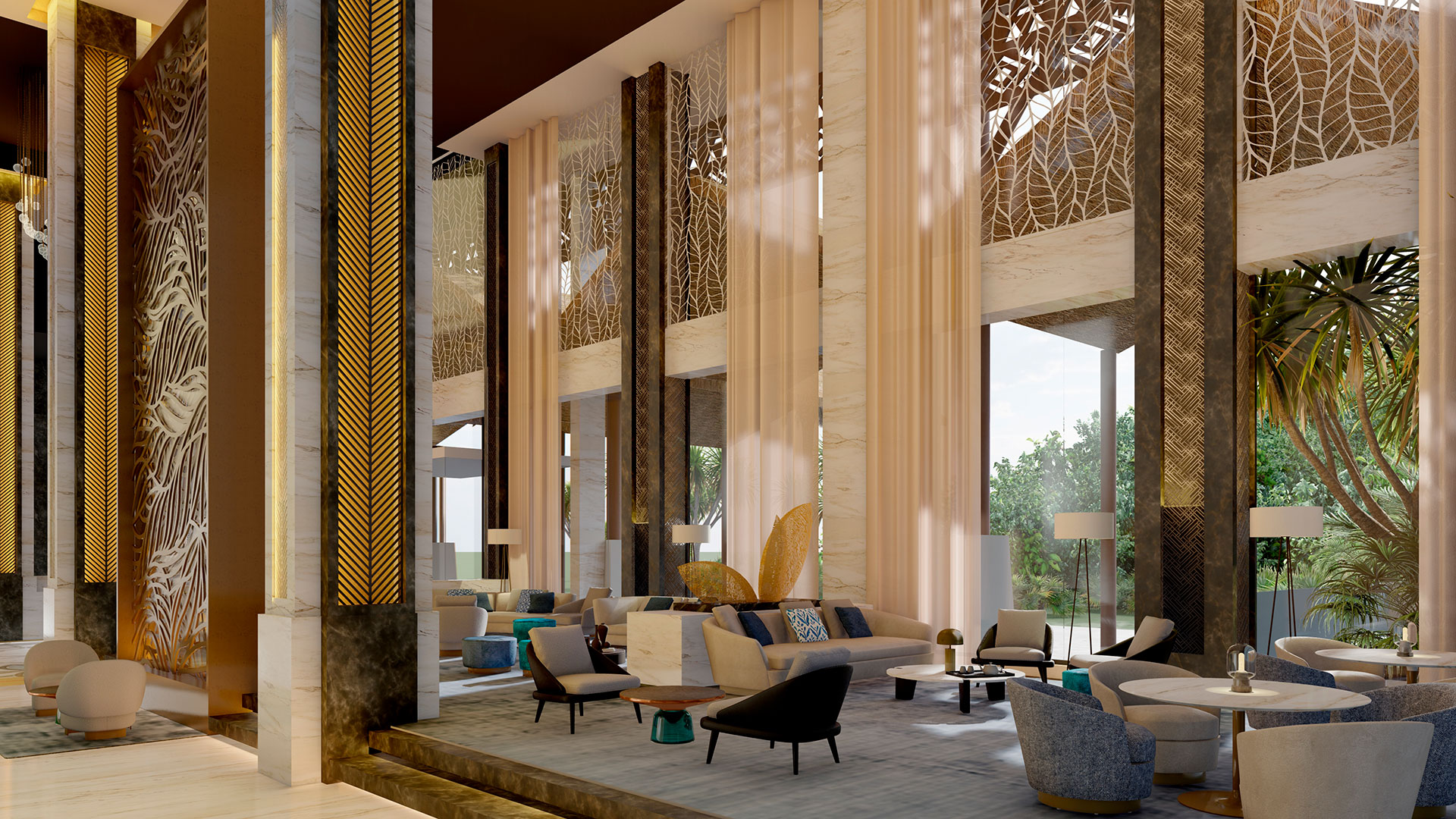Last October saw the birth of the “Commitment to Interior Design with Positive Impact“. The idea of this commitment is not so much to “prescribe solutions”, but to establish “long-term goals that any designer can adopt” to fight climate change, “health challenges and social inequalities“. The Commitment is an initiative of the American Society of Interior Designers (ASID, founded in 1975, a “multidisciplinary professional organisation for interior designers, students, and manufacturers and suppliers”), the International Interior Design Association (IIDA, with more than 15.000 members in 58 countries, including design professionals, industry affiliates, educators and businesses), the Interior Designers of Canada (IDC, founded in 1972, “national advocacy association for the interior design profession”, with more than 5,000 members), and the trade publication Metropolis (with a 40-year history, the “most compelling voice of the architecture and design industry”).
Following a consultative process involving these associations and the publication Metropolis with sustainability managers from a number of architecture and design firms, a “common framework” was established to guide interior designers in the practice of their profession. This common framework, the Commitment, establishes three interconnected guidelines for a “positive impact” on society and the environment: design for climate, design for health and design for equity.
Designing for climate
Interior designers must understand, evaluate and maximise the positive impact of their work on the environment. To this end, they should minimise both operational and embodied carbon emissions in all their projects. At the same time, they must optimise design processes in ways that reduce waste and the depletion of natural resources. Adaptability and resilience will be two extremes that they will take into account in the materialisation of their creations. Finally, their projects will include environmentally responsible “end-of-life, deconstruction and dismantling” processes.
Designing for health
Interior design professionals are committed to eliminating toxic and hazardous substances in the realisation of their designs, and to creating healthy and regenerative environmental conditions through them. At the same time, they express their willingness to promote the mental well-being of the people who use the spaces resulting from their designs. They will foster better connections between people, and strengthen community cohesion. At the same time, their commitment expresses their preference for processes that restore and regenerate air, water and other natural resources.
Designing for equity
In this chapter, interior design professionals express their commitment to projects that promote diversity, inclusion and equity. They commit to benefit “people with different backgrounds and needs in an equitable and fair manner”. At the same time, they commit to “include and reflect the perspectives of underrepresented communities” in their creative processes. The health and prosperity of vulnerable communities will be supported in design decisions. Finally, they will prioritise access and positive experiences for all people, regardless of visible or invisible differences.
The “Commitment to Interior Design with Positive Impact” is a necessary initiative, an expression of the demands facing us as we meet the challenges of today’s world. Our organisation, Amusement Logic, which has accepted and put them into practice in recent years, would like to join the Commitment in these pages. We would like to offer our full support to the efforts of interior designers.
Source: Metropolis 1, Metropolis 2, IIDA, IDC, ASID.
Images: designs by Amusement Logic









